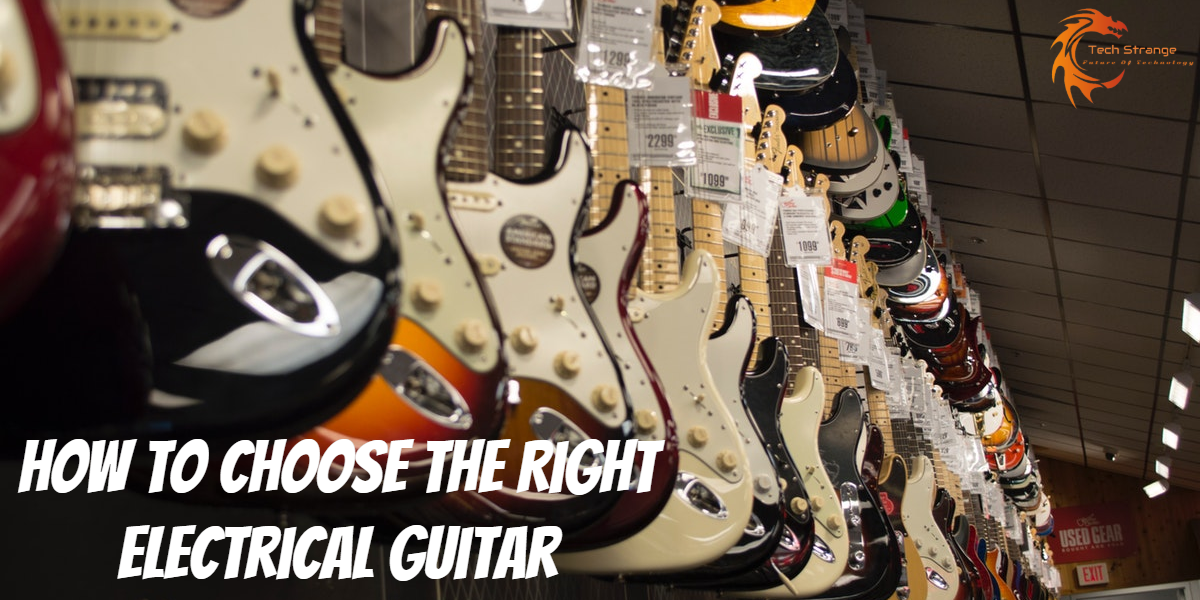
So you’ve decided to challenge yourself by learning how to play the electric guitar.
Maybe you’ve watched some Woodstock videos on YouTube and the passionate facial contortions of Carlos Santana captivated you.
Or perhaps, while fumbling with the tuning knob, you accidentally stumbled upon the classical station and the smooth sultry sounds of the jazz guitar enthralled you.
Regardless of what influenced your pursuit of this new craft, you are now faced with an overwhelming decision – which electric guitar should you choose?
Purchasing a quality guitar is a costly investment, so it’s important that you make the right decision to get maximum value from your instrument for many years to come.
We have put together a comprehensive guide to help you make an educated decision when purchasing your new beloved electric guitar.
Body type
An electric guitar body falls into one of three different categories:
- Hollow Body
- Solid body
- Semi-Hollow
The resulting sound, and therefore genre, of guitar music you wish to play, is heavily dependent on the body type of the guitar.
How does the body type affect the sound of the guitar?
The answer involves the cooperation of multiple elements:
Sound results from the vibration of strings. The vibration of the strings is affected by the resonance of their anchorage points (the bridge). The resonance of the bridge is the effect of the resonance of the guitar body, which finally depends on the shape and body type of the guitar.
Let’s start by discussing hollow body types.
Hollow body Guitars
Hollow body type guitars are hollow on the inside – like an acoustic guitar.
The term ‘hollow body’ is usually synonymous with archtop guitars.
Archtop guitars have a curved shaped surface across the face of the guitar and feature f-shaped sound holes.

Fun fact: The archtop guitar design was influenced by the structure of the violin and invented by Orville Gibson in the 1890s. He invented the guitar alone in his backroom shop in Kalamazoo, Michigan.
The curved shape and sound holes of the archtop create an effective resonance chamber which means you can play it without plugging it into an amplifier.
This is a major benefit because it gives you the freedom of transporting and playing your guitar from room to room without having to lug a heavy amp or tripping over chords.
In order to keep the hollow body from collapsing in on itself, and avoid excessive vibration, it needs to be strengthened by strips of wood from within, known as ‘braces.’
The addition of braces is a delicate task – add too many and the guitar loses its distinct smooth mellow tone; add too little and the body risks puncture.
The final balance of strength and tone distinct to hollow body guitars is achieved through a clever ‘x-bracing’ structure (pictured below):
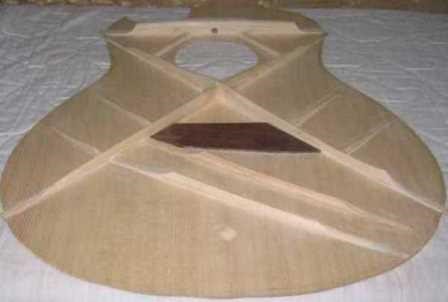
Genres for Hollow Body Guitars.
If you want to focus on jazz guitar, a hollow body is definitely the way to go.
Hollow body guitars, however, are not only pertinent to jazz but can be used for swing and blues as well.
Though stunning and irresistible in their vintage appeal, hollow body guitars do feedback at high volumes and high distortion levels.
As a result, they are most suitable for clean playing styles that do not require the addition of heavy effects.
The hollow body guitar is the beloved preference of Brian Stexer.
To summarize:
If you want to play, jazz, blues or swing, and sound as authentic to the genre as possible, definitely settle for a hollow body electric guitar.
Solid Body Guitars
Solid body guitars are made from a solid piece of wood.
They have no hollow resonance chamber so you would need to plug them into an amplifier in order to hear them effectively.
If you would like the option of playing at high volume and distortion levels, a solid body electric guitar is a better choice.
Since solid body guitars are denser than their hollow body counterparts, their structure eliminates the risk of feedback.
These guitars are usually more economical than hollow body guitars because they do not require the same level or artisan craftsmanship.
But don’t let this fool you into thinking that sound quality is heavily compensated, usually, this type of guitar body is comprised of a type of wood capable of resonating at a wide range of frequencies – such as the stunning lightweight African Okoume.
Some jazz guitarists prefer solid body types to hollow body’s because they are smaller in size and easier to maneuver – through the jazzy warmth of a hollow body can never be truly replicated with a solid body.
Genres for Solid Body Guitars
Solid body guitars are fantastic for rock and metal music since they offer feedback free playing.
Their pickups are also specifically designed to accommodate high volume and distortion levels.
The great Jimi Hendrix played a solid body Fender Stratocaster.
Fun fact: Did you know Jimmy Hendrix was left-handed but played the right-handed guitar upside down because left-handed guitars were not invented yet?
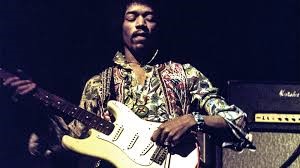
Besides rock and metal, solid body guitars can also be used to play the blues.
The wide tonal range of a solid body guitar provides you the option of achieving the beefy mids, excellent lows and clear full-bodied sound required of the blues guitar style.
Solid body guitars are also less fragile and therefore less susceptible to breaking.
Hollow body guitars do not have an internal supporting structure that will prevent the body from cracking open if either dropped or accidentally hit against the wall.
Since solid body guitars are made from a solid piece of wood they cannot crack open during impact.
But that does not make them indestructible. Care should still be taken when handling your instrument to ensure all of the electronic components and tuning mechanisms remain in perfect working order.
So you may want to think twice before your next Pete Townsend impersonation.
To summarize:
If you have not decided on a genre you would like to specialize in, or you want a guitar capable of playing all types of music, a solid body guitar is a great choice.
With just a few quick tonal adjustments you could go from playing “Cross Road Blues” to “Through the Fire and Flames” before your mother even gets a chance to tell you to stop that racket!
Semi-Hollow Bodies
Semi-hollow body electric guitars are a hybrid combination of hollow body and solid body guitars.
They are the perfect compromise since they are much lighter than solid body guitars and also smaller which makes them easier to handle.
Like hollow body guitars, they have resonance chambers that allow sound to propagate through its f-holes for amplification free playing.
But unlike hollow body guitars, they have a solid centerpiece to prevent feedback at high levels.
Semi-hollow body electric guitars are usually made from maple wood. Not only does maple look stunning when polished, but it also creates a clear bright, punchy tone.
Genres for Semi-Hollow Body Guitars.
Semi-Hollow bodies create a warmer and more classical sounding tone than solid bodies and thus make jazz and blues sound a lot more authentic.
However, since they have a solid centerpiece they can be slightly distorted to play 50’s and 60’s rock and roll with little risk of feedback.
Remember that captivating Johnny B. Goode performance from Back to the Future? H Marty McFly was playing a semi-hollow body guitar.
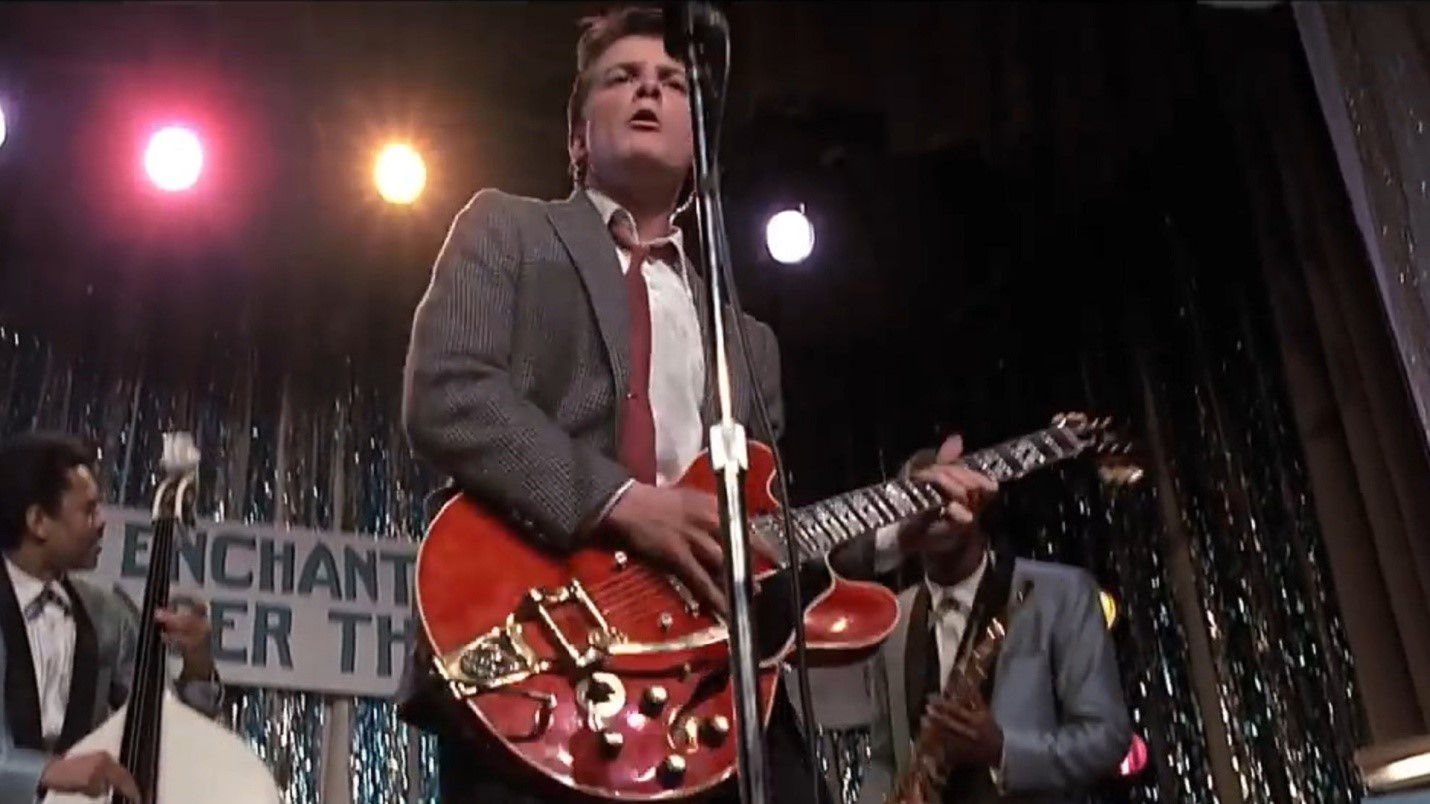
The semi-hollow body was also the guitar of choice of the great BB King – he played the Gibson ES-355.
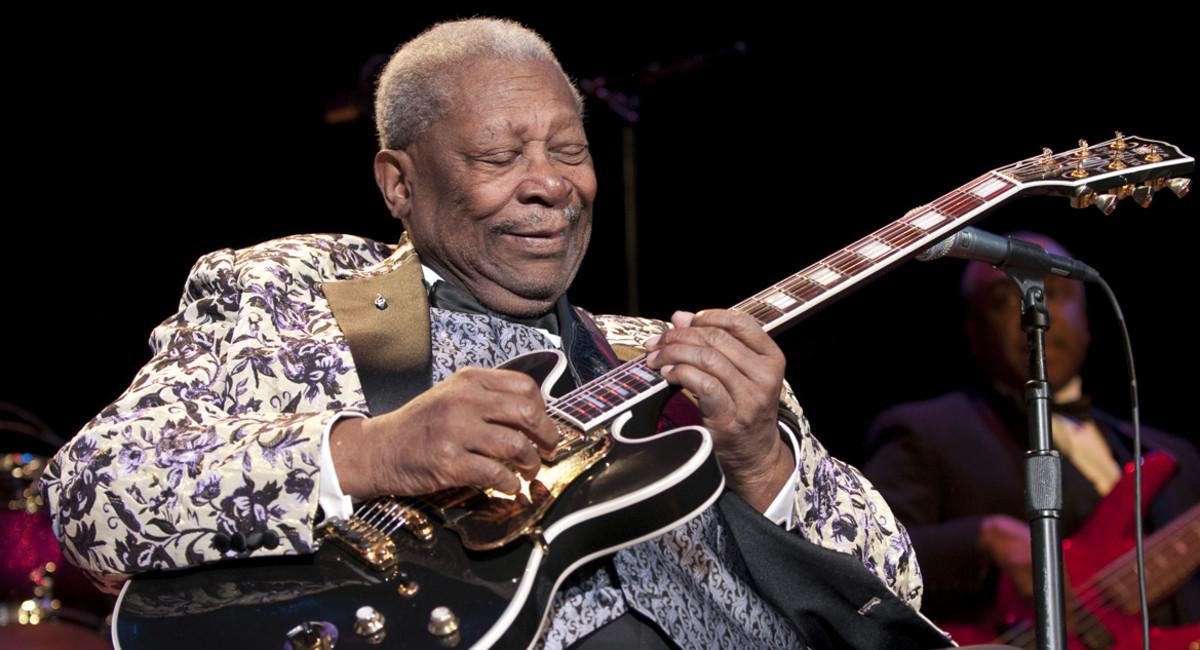
Fun fact: Did you know BB King named his guitar Lucile after a near death experience? The venue he was playing at was accidentally set ablaze by two men fighting over a woman named Lucille.
BB King ran out of the burning building before realizing he had left his guitar in there, he then risked his life and ran back in to retrieve his beloved guitar as the wooden building collapsed around him.
He named the guitar Lucile to remind himself never to do a stupid thing like that ever again.
Though this guitar type does have a solid centerpiece to quell feedback, this does not make it completely feedback resistant, and so it is not suitable for very high levels of distortion.
Music with extreme levels of distortion, such as metal, should only be played on solid body guitars.
While your decision to purchase this guitar should depend on the type of music you will be playing, you can be forgiven for choosing this guitar solely based on its seductive appeal.
To summarize:
Semi-hollow body guitars allow you to enjoy the benefits of both a hollow body guitar and a solid body guitar.
If you would like to play authentic sounding blues, jazz or swing, and still have the option of playing 50’s and 60’s rock, a semi-hollow body guitar would be a perfect choice.
Let’s now discuss some other guitar features that may further influence your electric guitar purchase decision.
Locking Tuners
Conventional tuners incrementally increase the number of times a string wraps around a tuning post until the desired tuning is achieved.
If you are constantly bending the strings during play or often using the tremolo system, you run the risk of altering your tuning as the guitar strings slightly unwrap from their tuning posts with each string bend.
Locking tuners solve this problem and prevent strings slipping out of tune.
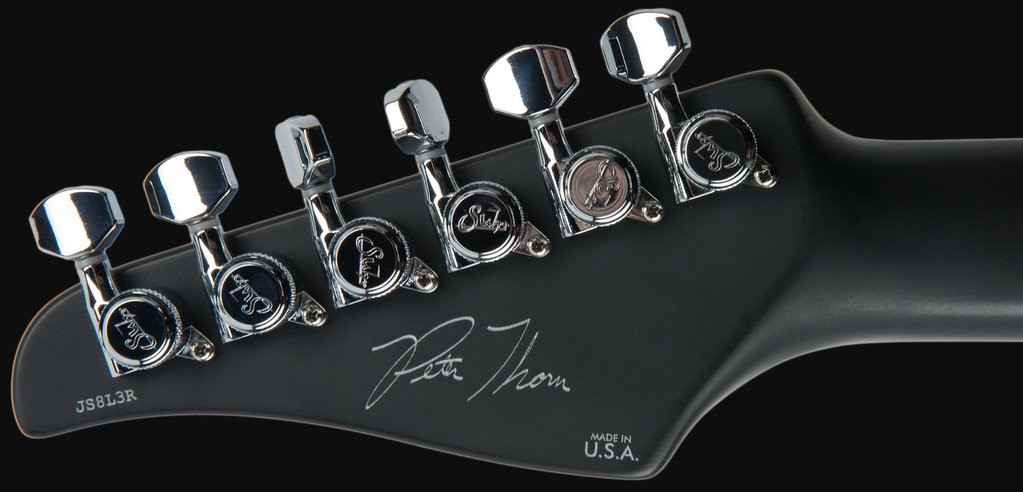
Locking tuners work by first clamping down on the strings from the back via a small knob. Once clamped down the string can then be tuned via the convention tuning pegs on the guitar until the desired tuning is achieved.
The addition of such clamps to the tuning pegs prevent the strings from slipping off the tuning post.
If your style of guitar does not require much string bending, locking tuners can be viewed as more of a luxury option.
Neck Profile
We all come in a variety of shapes and sizes, that may, in some cases, affect our choice of the electric guitar.
For example, a particularly small person may not find a hollow electric guitar suitable because the body would be too difficult to wrap one’s arm around.
A guitar’s neck profile is also something that should be considered when purchasing an electric guitar.
The neck profile of a guitar is the cross-sectional shape of the guitar neck.
So if you were to cut through the neck of a guitar and then view it through the center line of the cut surface, you would see the neck profile.
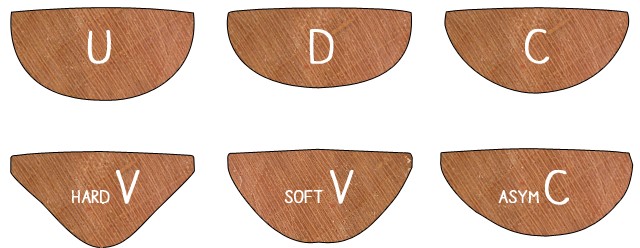
Most vintage guitars come with D neck profiles
As shown in the diagram above, a D neck profile has a deeper curvature and flat shoulders on the sides.
People with particularly small hands may have difficulty wrapping their thumb around the neck of the guitar while successfully fingering a bar chord.
For small-handed individuals, a V or C shaped profile would be a better choice.
C shaped neck profiles (often associated with solid body guitars) are much easier to wrap your hand around.
They are not as deep as D shape profiles and therefore make bar chords much easier to accomplish.
Fingerboard Radius
The face of guitar necks (the side with all the frets) is rarely flat. It usually has a slight curvature known as the fingerboard radius.
This is the measure of the arc of the fingerboard across its width.
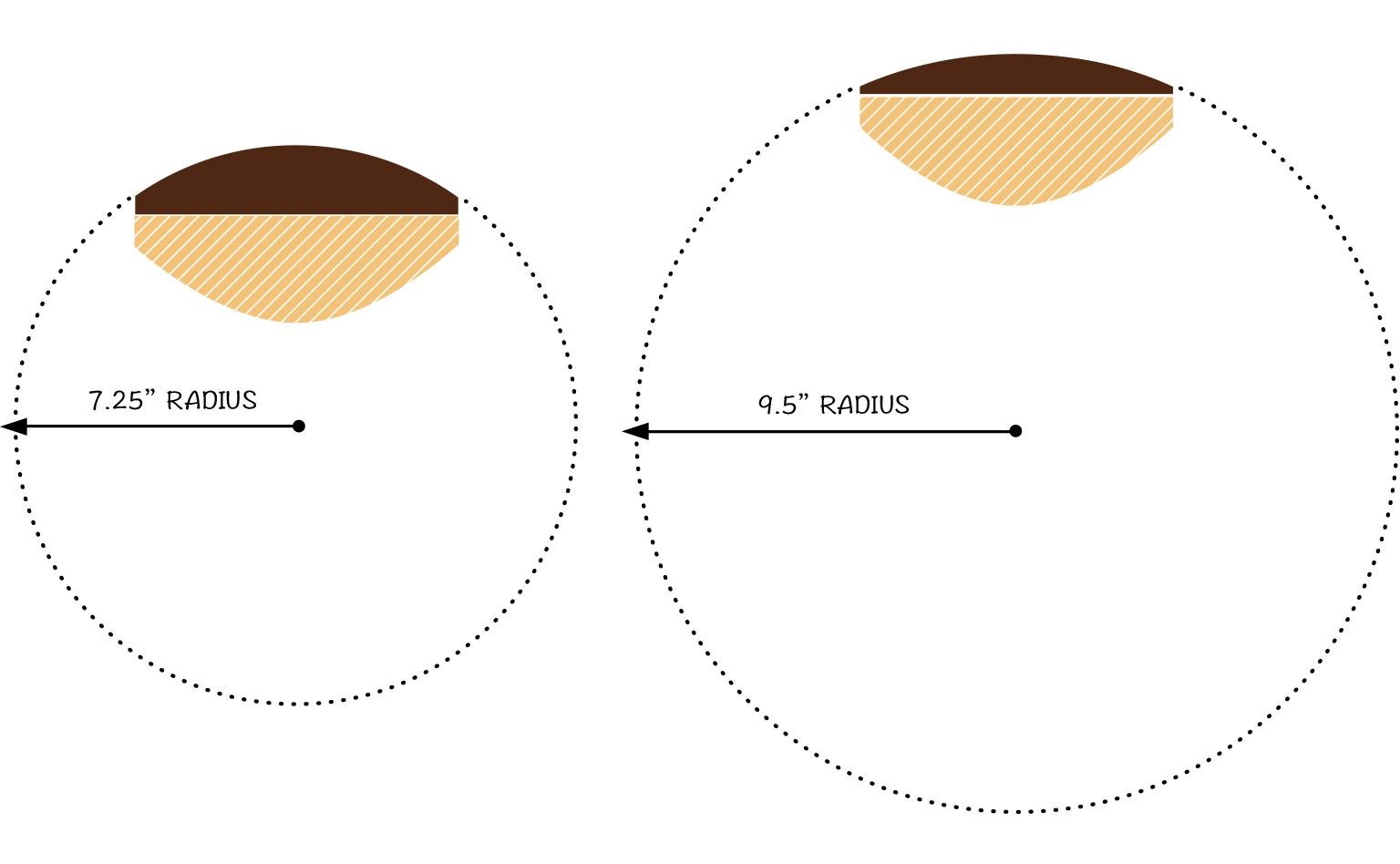
Note in the picture above, the neck of each cross-section has the same width but different fingerboard radii.
Some fret-boards have the same radius of curvature throughout the entire length of the guitar neck. This can be troublesome for small handed guitarists when forming chords near the headstock of the guitar.
To accommodate for this difficulty, guitar necks have evolved into a compound-radius fretboard.
A compound radius fretboard has a radius of curvature that is greatest at the headstock and slowly flattens out at the body of the guitar.
Such a structure makes forming chords much easier at the headstock and soloing feel much smoother and controlled near the body of the guitar.
If you have large hands, a compound radius fretboard may not be an important requirement.
Small handed individuals, however, would benefit from a compound fretboard guitar.
Conclusion
Learning to play the electric guitar is an exciting and rewarding journey.
Choosing the right guitar from the very beginning will help make that journey all the more enjoyable.
Follow our guidelines to help you choose the perfect axe, made just for you.






4 comments On How To Choose The Right Electrical Guitar
Hello, i think that i saw you visited my weblog thus i came to 搑eturn the favor?I am trying to find things to enhance my site!I suppose its ok to use some of your ideas!!
When I originally commented I clicked the “Notify me when new comments are added” checkbox and now each time a comment is added I get several emails with the same comment. Is there any way you can remove people from that service? Thanks!
It is the best time to make some plans for the future and it’s time to be happy. I have read this post and if I could I desire to suggest you some interesting things or advice. Perhaps you can write next articles referring to this article. I wish to read even more things about it!
I every time spent my half an hour to read this webpage’s posts every day along with a mug of coffee.|